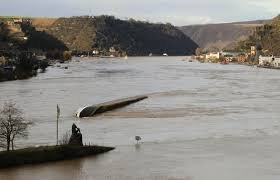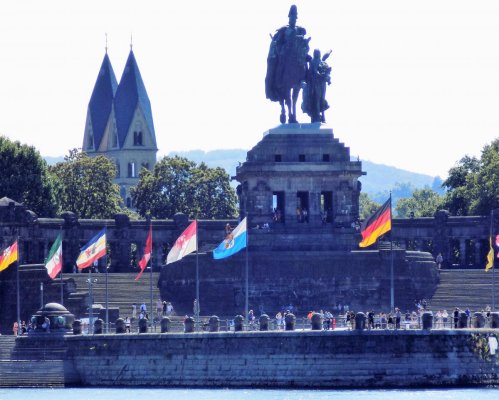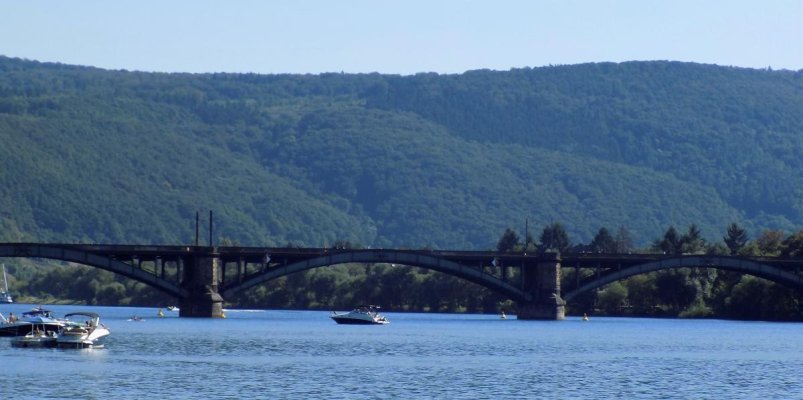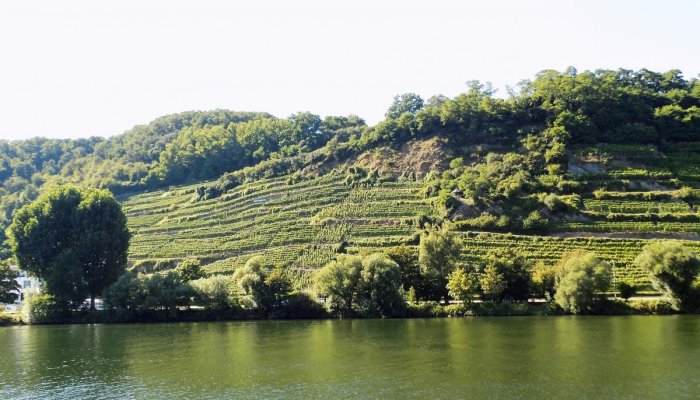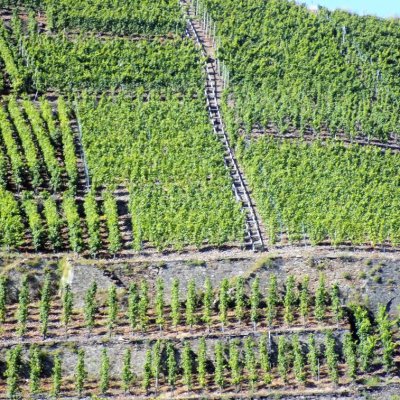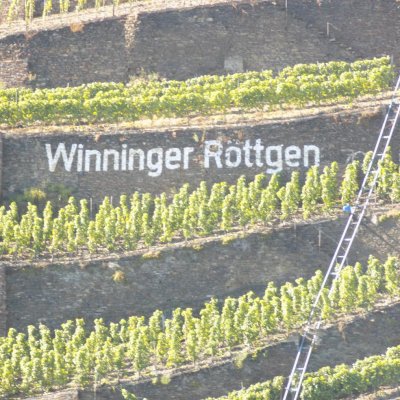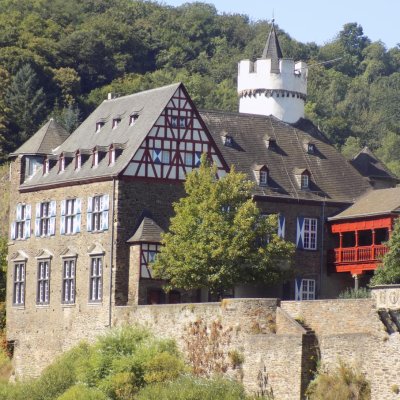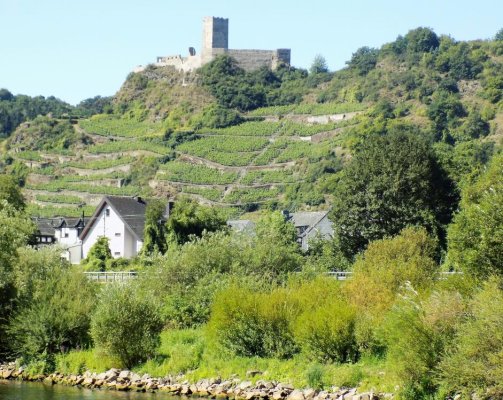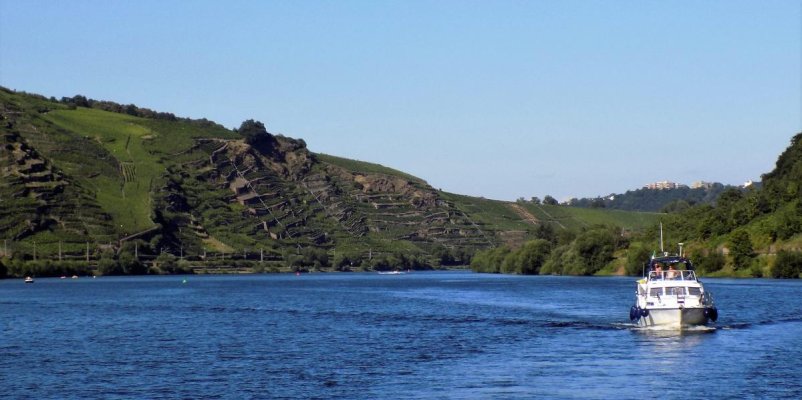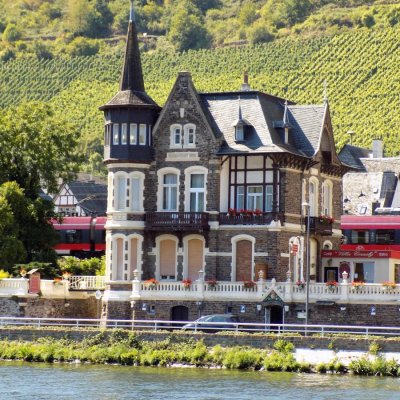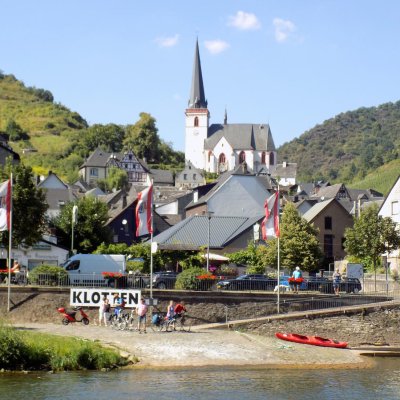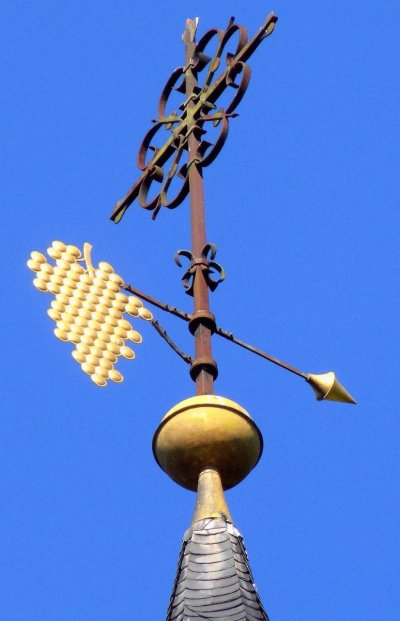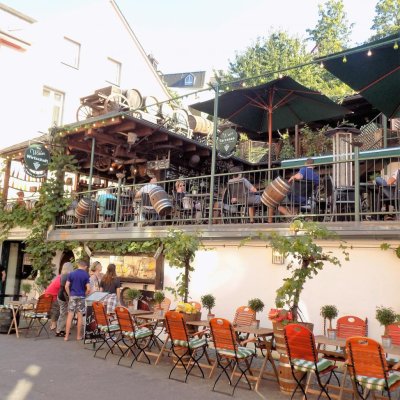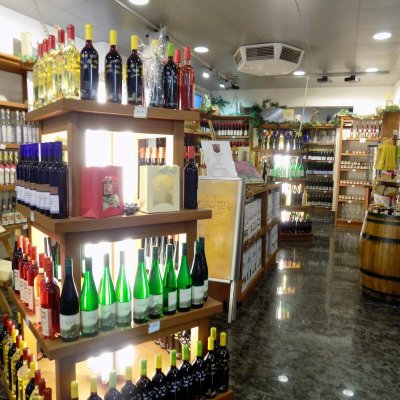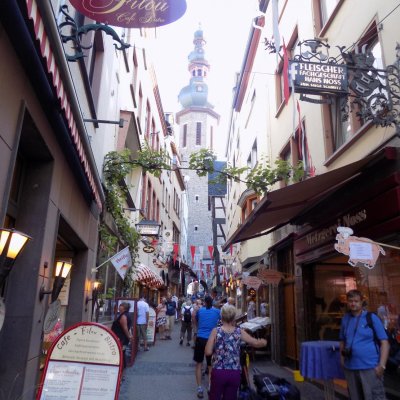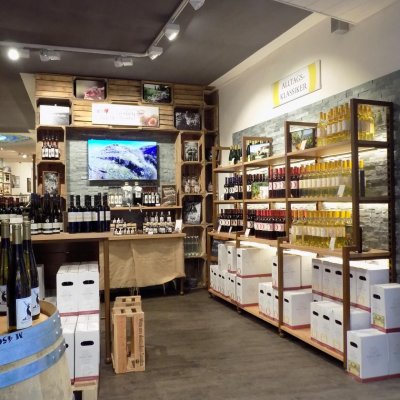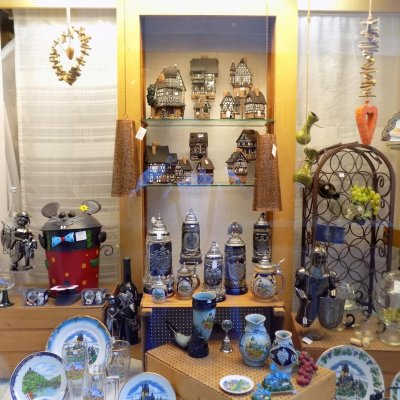Irish Rambler
Guru
- Joined
- Apr 29, 2014
- Messages
- 1,733
- Location
- FRANCE
- Vessel Name
- 'Snow Mouse.'
- Vessel Make
- BROOM FLYBRIDGE 42.
I spoke of the importance of canal junction of the Dortmund Ems canal from a logistical point of view but it's topography raised some challenging engineering problems to try and overcome a 13.5 metre height difference in canals.
Why did it need to go to Dortmund in the first place ?
Forgive the long winded explanation but imagine if you will the 3 leaves of a shamrock, the left hand 2 leaves being 2 valleys, or basins, the spine of the left hand leaf is the Ruhr river, the spine of the right the Rhine river, the surrounding foliage an enormous basin creating the Ruhr valley. Massive coal deposits were found around this region and with the coming of the industrial revolution factories were built next to the abundant fuel supply creating the powerhouse of Germany's production.
Krupp produced much of Germany's steel and ancilliary engineering company's sprang up around it.
The 1st world war and subsequent 2nd triggered a frenzy of steel consumption as factories raced to keep up with demand.
In turn this created some 15 major towns.
Today these towns and surrounding villages have all merged into an area housing 10 million people.
The head of the river Ruhr valley had been dammed to provide water for the people, produce hydro electricity and provide water for the Mitteland canal and if you followed my earlier advice and watched 'The Dambusters' film you will know by now that dam as the 'Moehne See' dam.
It became an important British target named 'Operation Chastise' to disrupt the logistical flow to the German military.
The idea to destroy the dam was not Dr Barnes Wallis (he invented the bomb) as shown in the film but the result of a military planning session in 1938 when Mr Hitler was getting a bit frisky, in all other aspects the film is accurate and truthful.
The German military drafted in 4,600 workers who worked in shifts 24 hrs a day and it took them 5 months to repair the bomb damage.
We paid homage to the final resting place of the commander of that raid, Sqn Leader Guy Gibson and it is shown in post 38.
The Ruhr valley then is of critical importance to Germany's economy and transport connections were vital as I'll show you in the next post
Photo's.
Coal mine wagons.
Hydro Electric turbine from the Moehne See dam.
The breached dam after the raid.
The repaired dam.
Photo of the flak tower and roadway.
Why did it need to go to Dortmund in the first place ?
Forgive the long winded explanation but imagine if you will the 3 leaves of a shamrock, the left hand 2 leaves being 2 valleys, or basins, the spine of the left hand leaf is the Ruhr river, the spine of the right the Rhine river, the surrounding foliage an enormous basin creating the Ruhr valley. Massive coal deposits were found around this region and with the coming of the industrial revolution factories were built next to the abundant fuel supply creating the powerhouse of Germany's production.
Krupp produced much of Germany's steel and ancilliary engineering company's sprang up around it.
The 1st world war and subsequent 2nd triggered a frenzy of steel consumption as factories raced to keep up with demand.
In turn this created some 15 major towns.
Today these towns and surrounding villages have all merged into an area housing 10 million people.
The head of the river Ruhr valley had been dammed to provide water for the people, produce hydro electricity and provide water for the Mitteland canal and if you followed my earlier advice and watched 'The Dambusters' film you will know by now that dam as the 'Moehne See' dam.
It became an important British target named 'Operation Chastise' to disrupt the logistical flow to the German military.
The idea to destroy the dam was not Dr Barnes Wallis (he invented the bomb) as shown in the film but the result of a military planning session in 1938 when Mr Hitler was getting a bit frisky, in all other aspects the film is accurate and truthful.
The German military drafted in 4,600 workers who worked in shifts 24 hrs a day and it took them 5 months to repair the bomb damage.
We paid homage to the final resting place of the commander of that raid, Sqn Leader Guy Gibson and it is shown in post 38.
The Ruhr valley then is of critical importance to Germany's economy and transport connections were vital as I'll show you in the next post
Photo's.
Coal mine wagons.
Hydro Electric turbine from the Moehne See dam.
The breached dam after the raid.
The repaired dam.
Photo of the flak tower and roadway.
Attachments
Last edited:

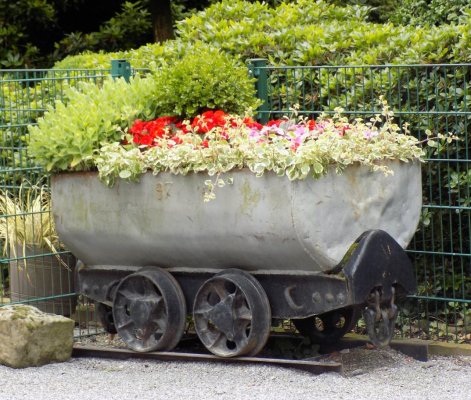

![images[3].jpg](/data/attachments/49/49613-bfef022894c8e9e07f994b15481a9254.jpg)
![images[2].jpg](/data/attachments/49/49614-fa5c33c78d53a78aa73af4bac06d0af0.jpg)

![Mohne_Dam_Breached[1].jpg](/data/attachments/49/49616-749f19d54aa410339257ed4c89642226.jpg)


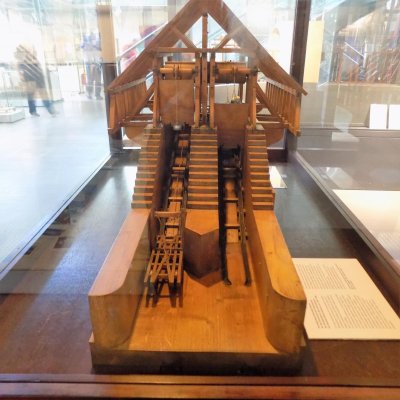


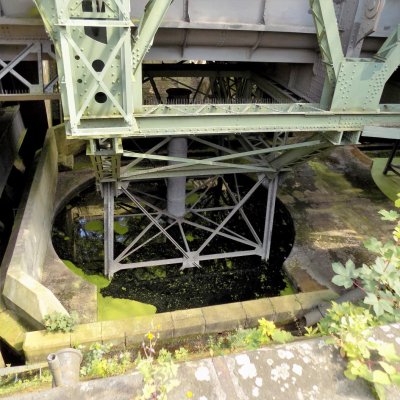
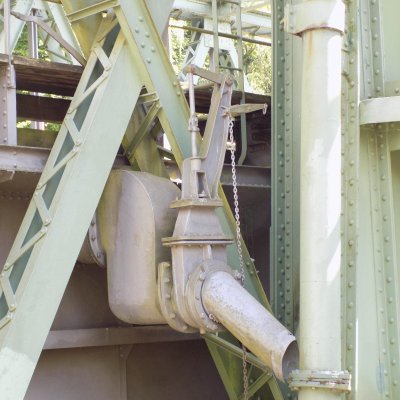
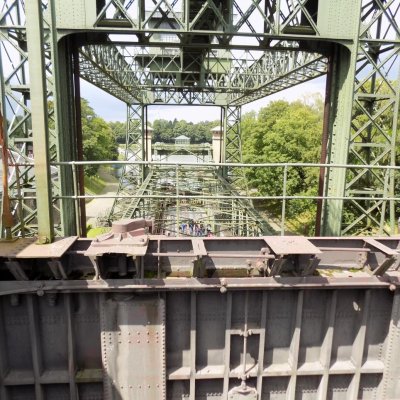



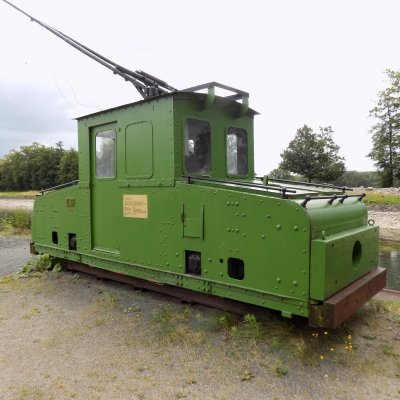
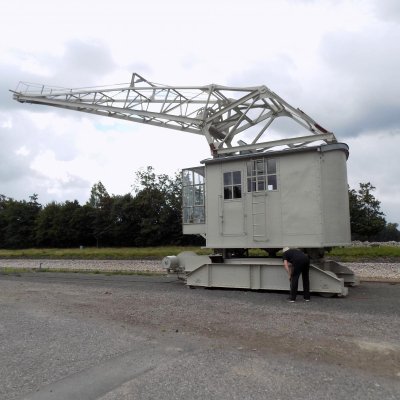
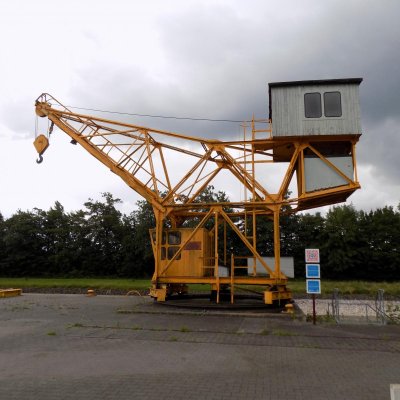
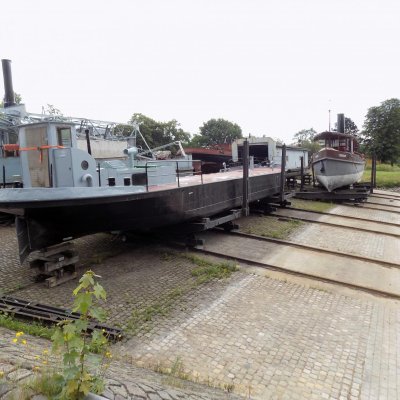

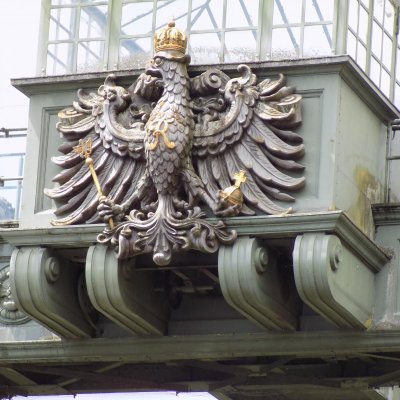

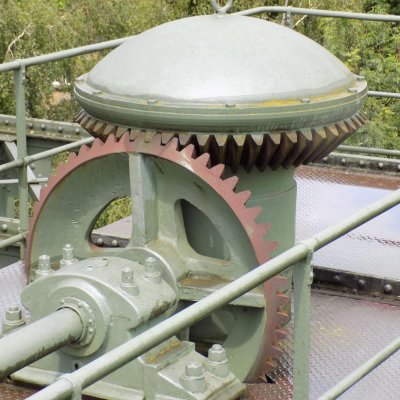

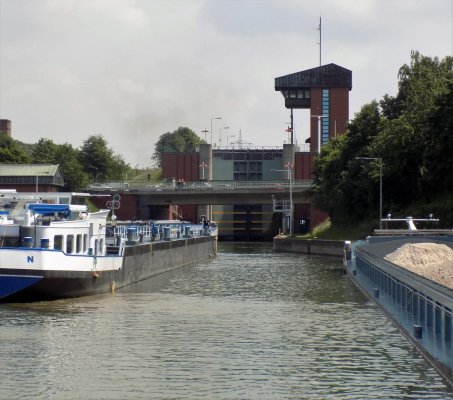
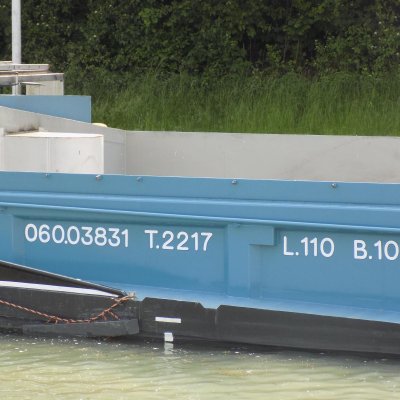
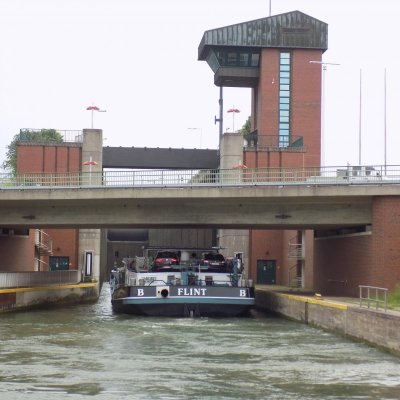


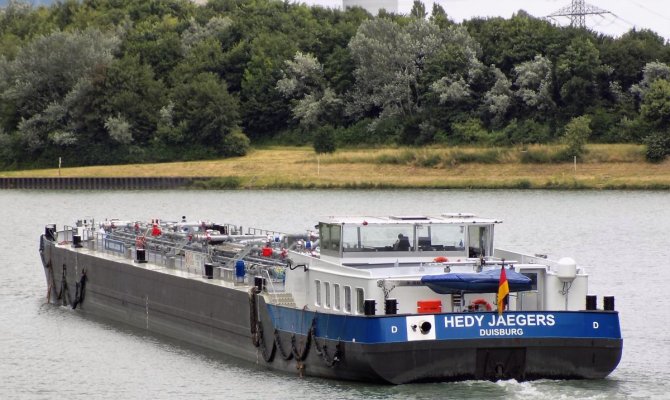

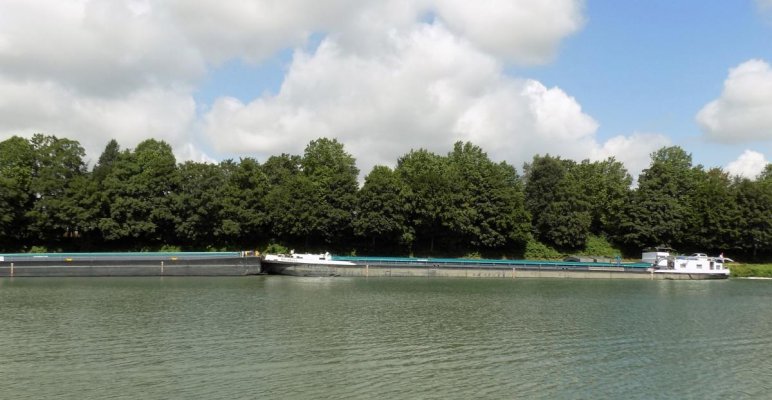
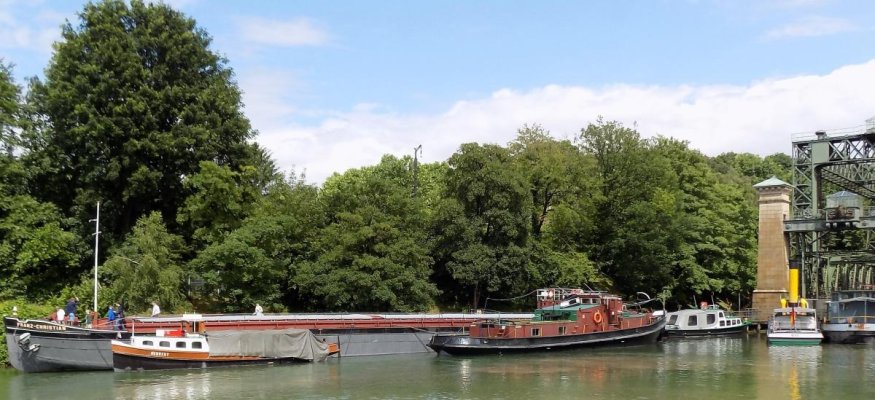



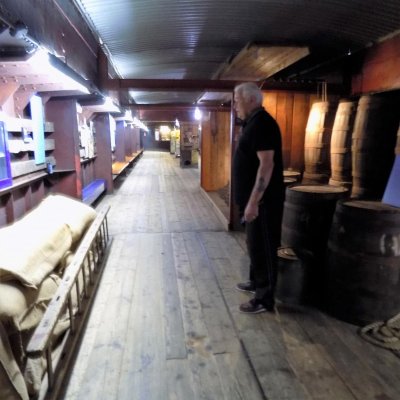
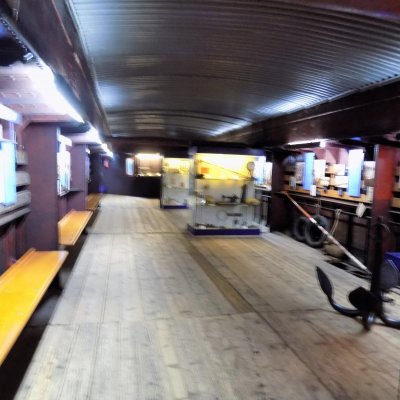



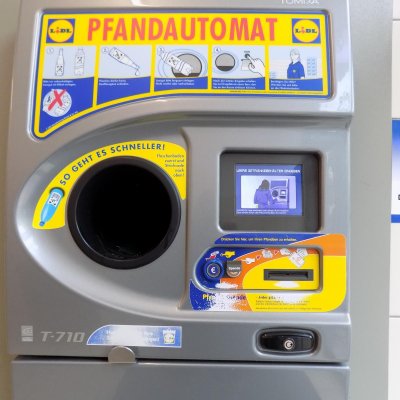


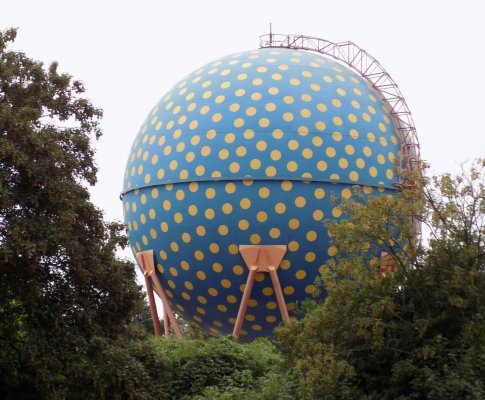

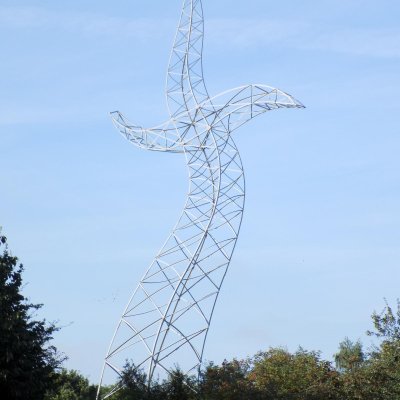

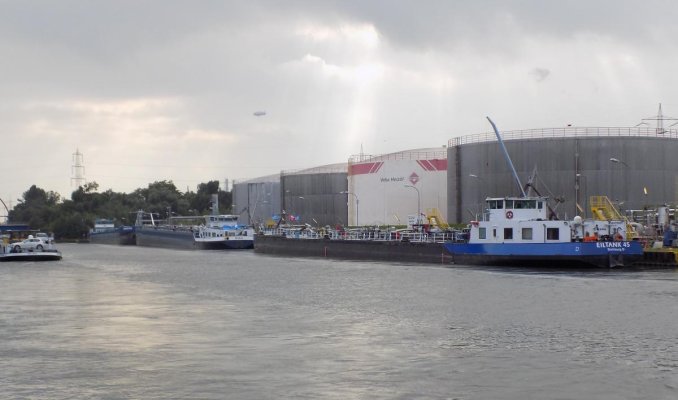
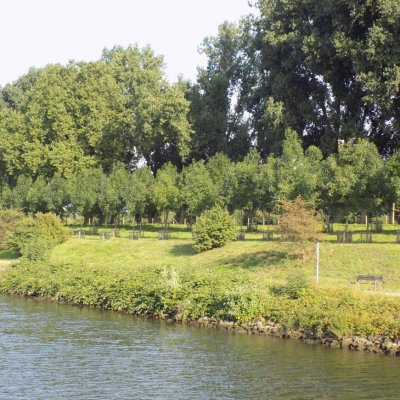
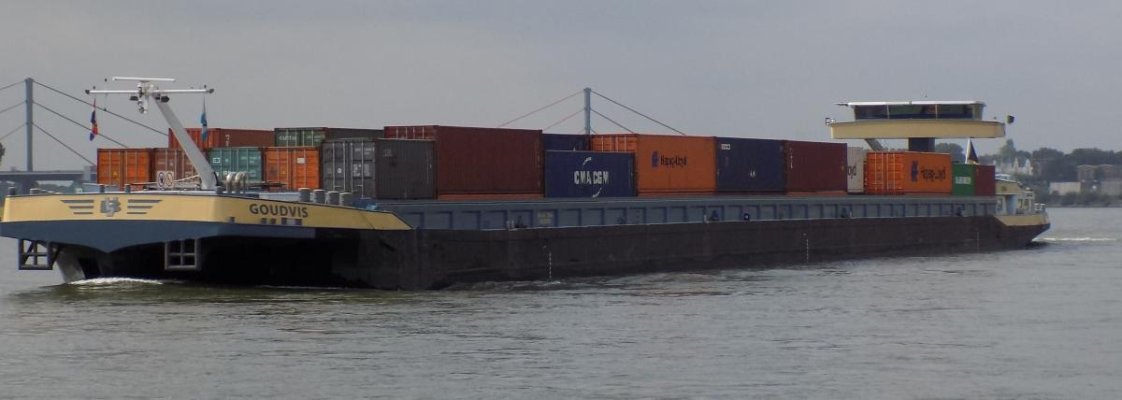

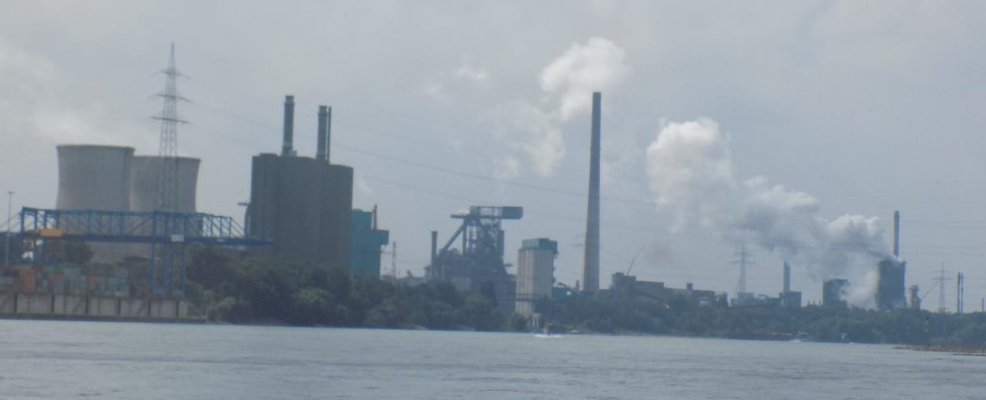

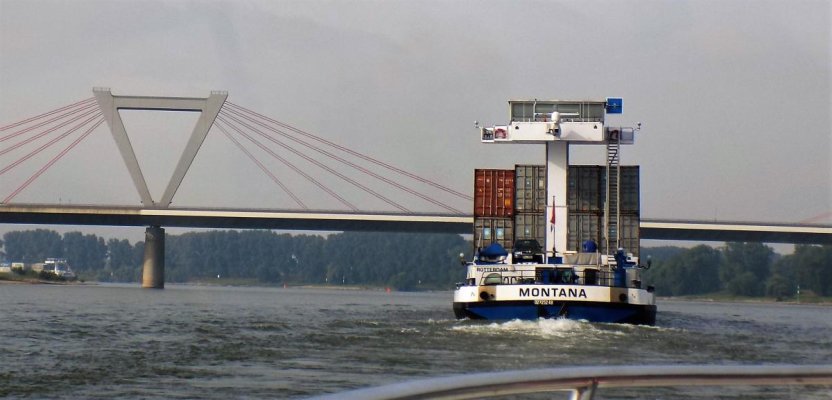
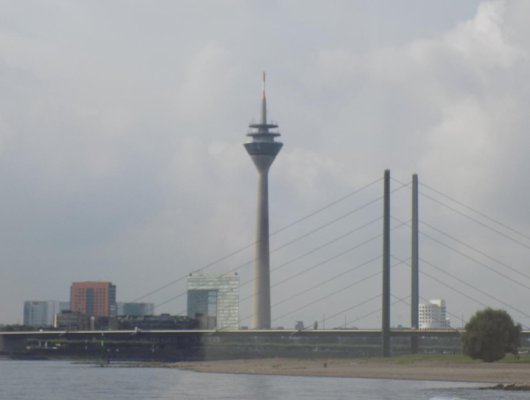
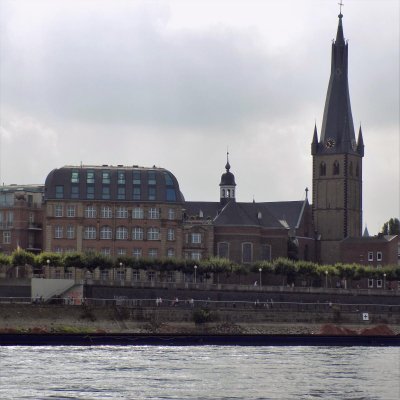
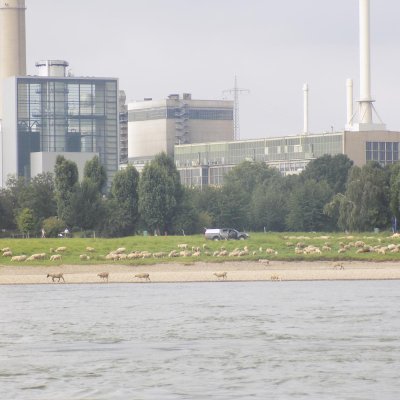
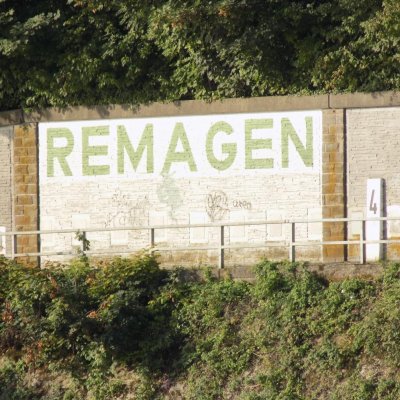
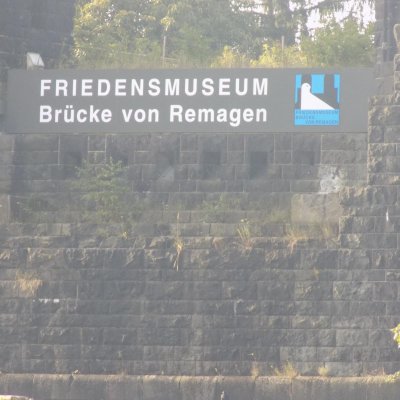

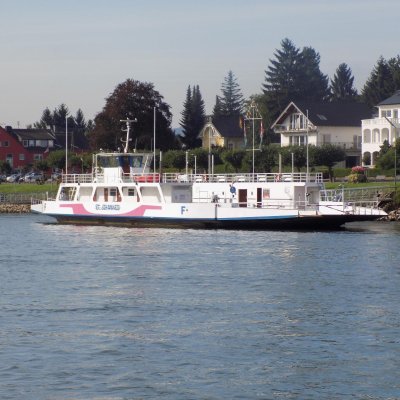
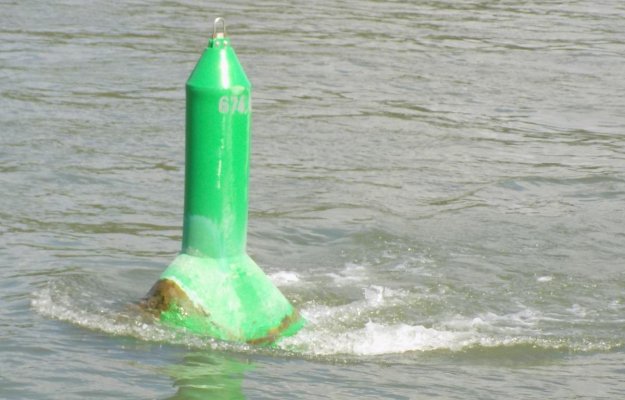

 Sorry about that. My fingers are too fat for my phone. Meant to copy post of the boat pics
Sorry about that. My fingers are too fat for my phone. Meant to copy post of the boat pics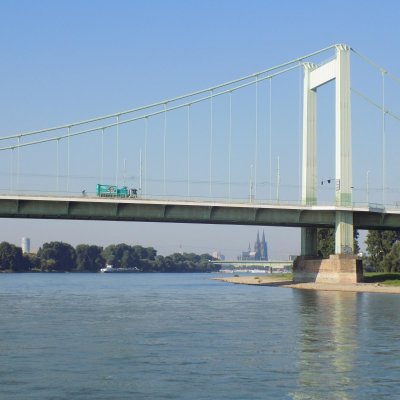


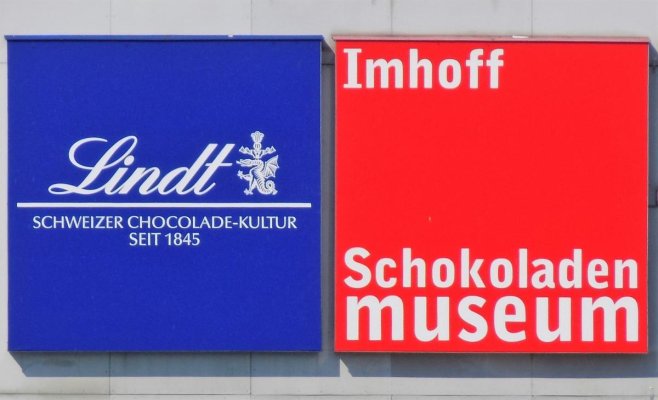




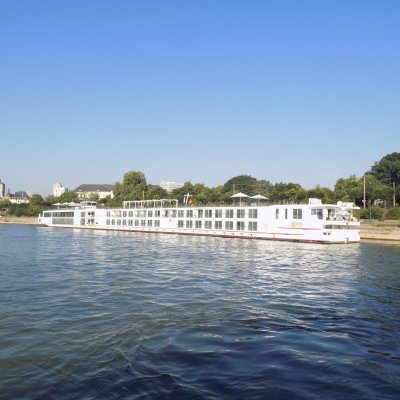
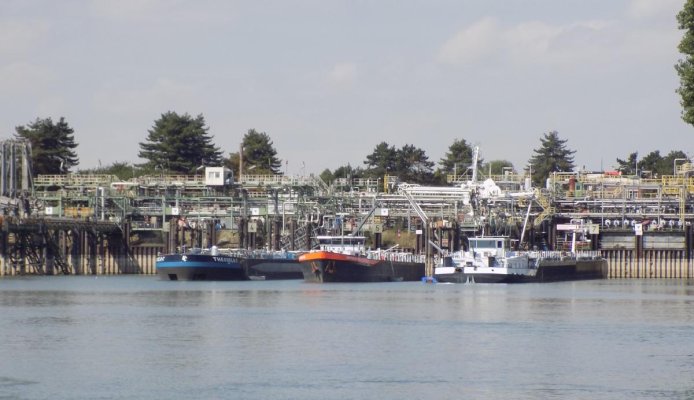
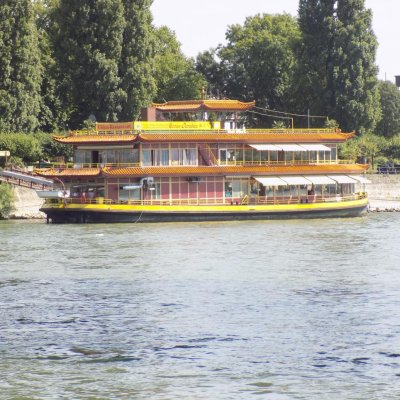
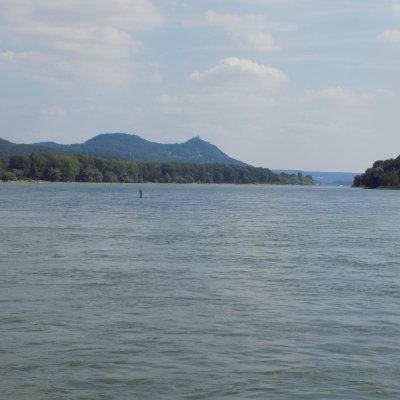

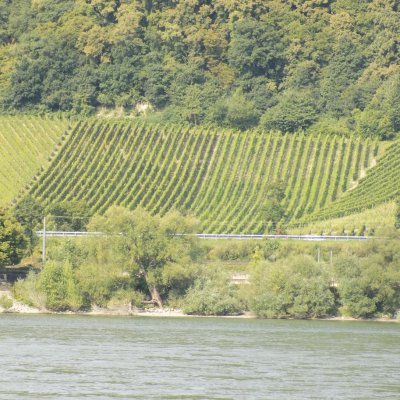
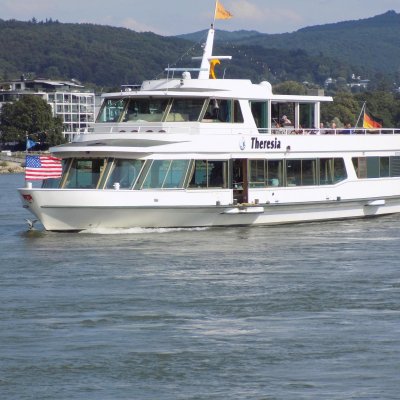
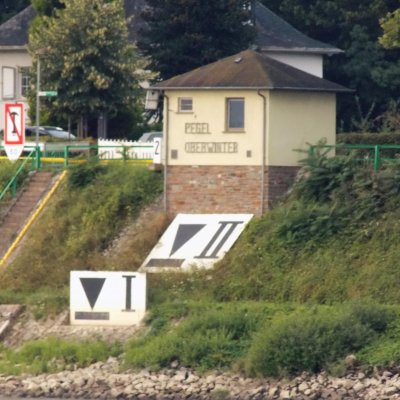

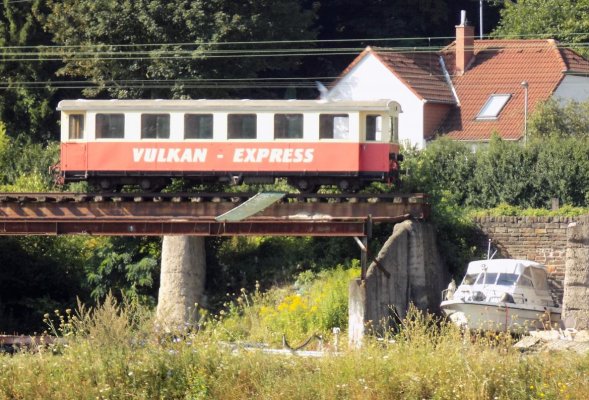
![Lorelei_View[1].jpg](/data/attachments/51/51097-b5722d3182af52441df6d2a7d98155ee.jpg)
![Loreley_rhine_valley_wp_d_schmidt_08_07[1].jpg](/data/attachments/51/51098-19cb3658c9274aecea49209078205e11.jpg)
![Marcus-Scholz-L[1].jpg](/data/attachments/51/51099-9b390a0673a0fb45fcd09ba74e2c463b.jpg)
![statue1[1] (2).jpg](/data/attachments/51/51100-3e461b293412d45e78c0816b234656bb.jpg)
